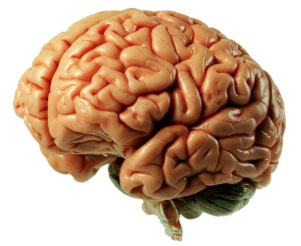
Today’s psychotherapists are living in an exceptionally exciting time. This period could rightfully be called, “The Era of The Brain.” Our understanding of the brain used to be relatively static and, in many ways, that meant our knowledge of the brain was frozen. The functioning of the living brain was so opaque to us that the early behaviorists insisted we shouldn’t pay any attention to it, referring to the brain as an unknowable “black box.” The evolution of improved, powerful brain imaging tools, such as the MRI, has led to a quantum leap in our understanding of the brain.
It used to be that would-be therapists would be required to take a course titled something like, “Physiological Psychology.” A large part of such a course would be devoted to the brain. As recently as 30 or 40 years ago, this coverage of the brain mostly involved learning the names of the various structures in the brain. We knew the names but not much about what these structures did! We especially didn’t know how these structures related to one another, how groups of them function as systems, or the underlying electro-bio-chemical processes that allow them to communicate with one another. Many of today’s psychotherapists are discovering they need to do some serious remedial work to stay abreast of developments in neuroscience and its impact on clinical practice.
Learn about the brain as it relates to psychotherapy in our new 8 CE course with Dr. David Van Nuys:
Brain: Insights from Neuroscience
This course is comprised of eleven audio interviews. As always, Dr. Van Nuys’ interviews are hearty, informative, and easy to listen to.
Listen to an Audio Trailer (Transcript)
![]()
Did You Know?
- The brain feels no pain.
- There are 100,000 miles of blood vessels in the human brain.
- The relationship between right and left hemispheres of the brain is far more complex (and interesting) than has been portrayed in the popular press.
- The brain is actually more active during sleep than during waking.
- Brain disorders, such as stroke, can lead to profound spiritual experiences.
- Meditation practice actually changes the physical structure of the brain in observable ways.
- The brains of some autistic people confer them with extraordinary capabilities, such as a greatly enhanced ability to think visually.
- Brain imaging studies suggest that highly creative individuals seem to activate their brains in patterns that are somewhat different from the rest of us.